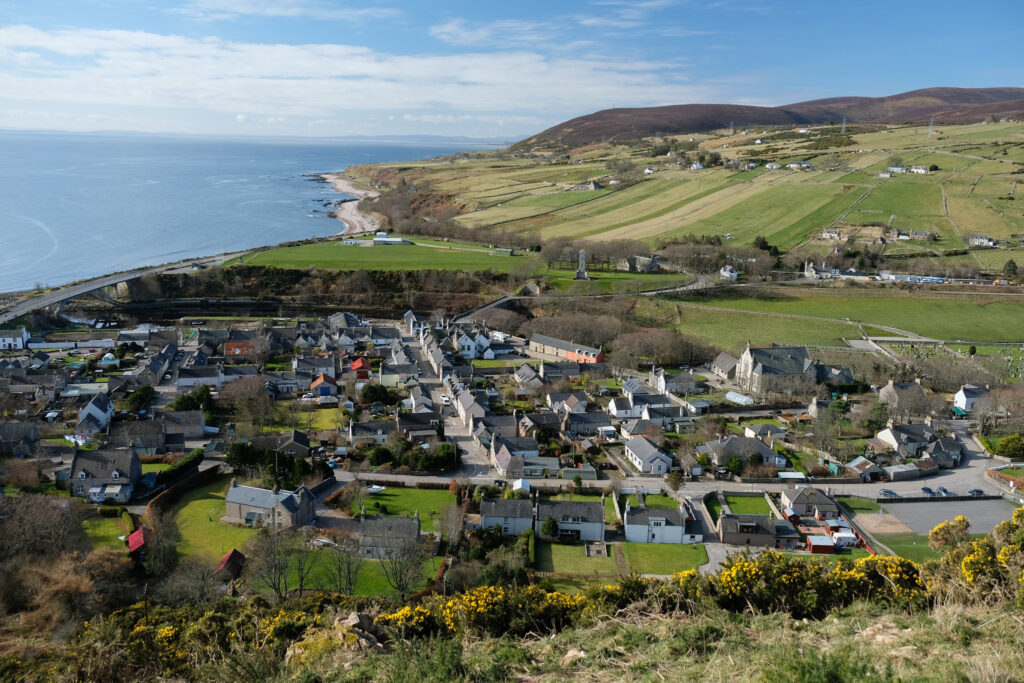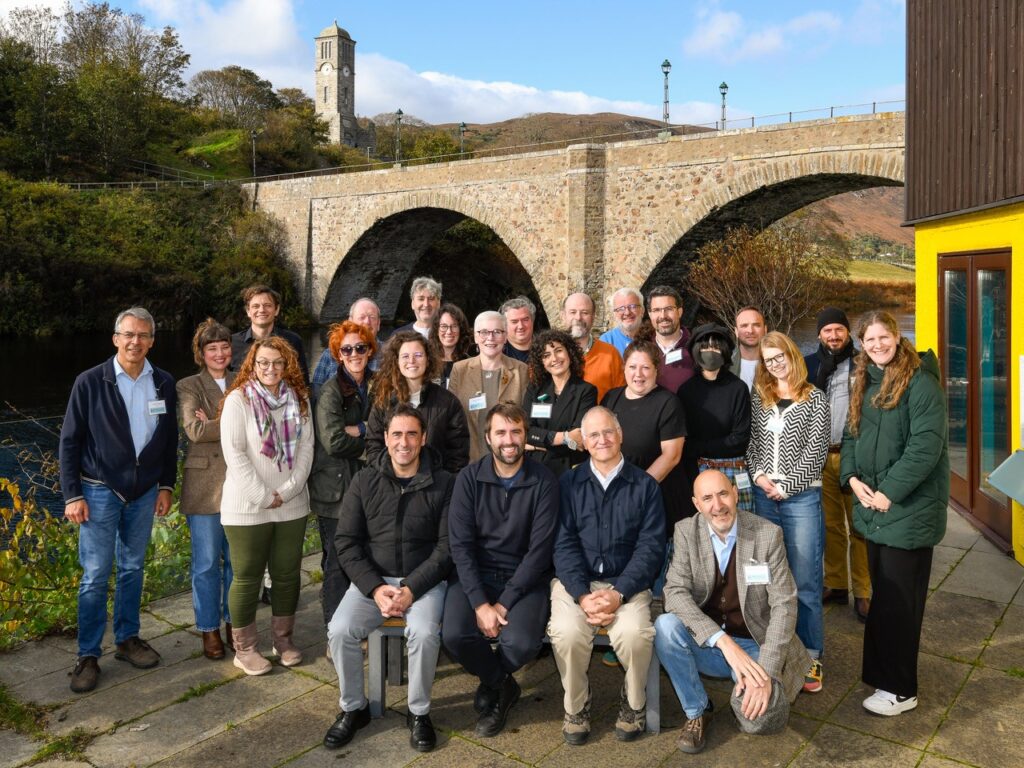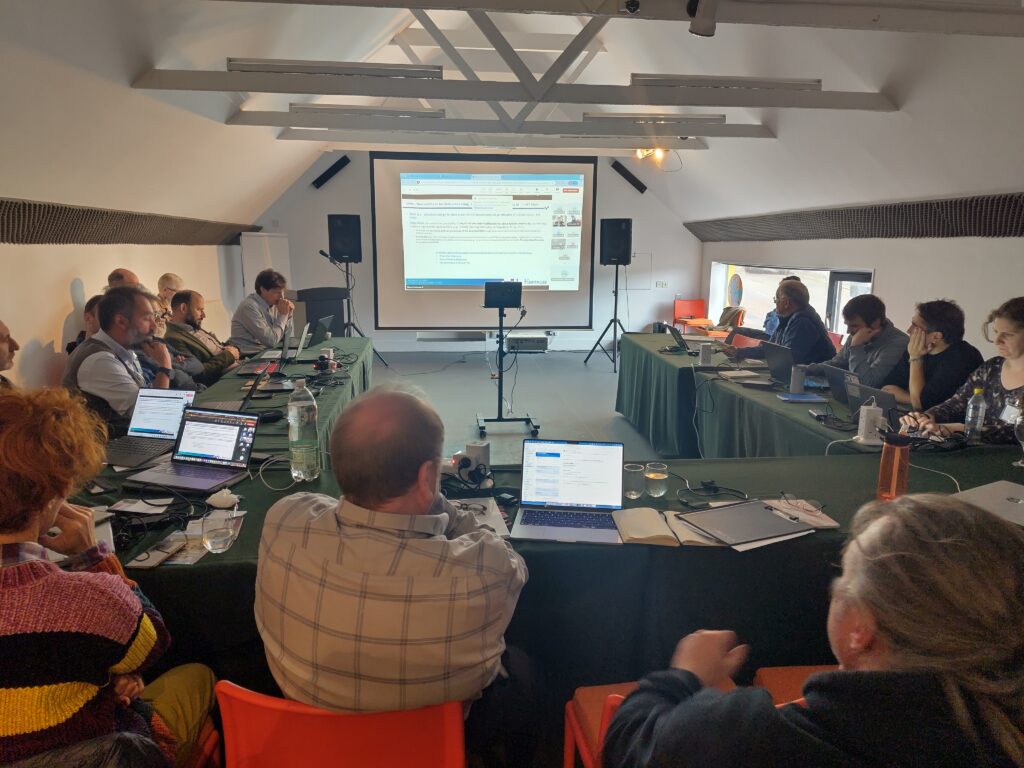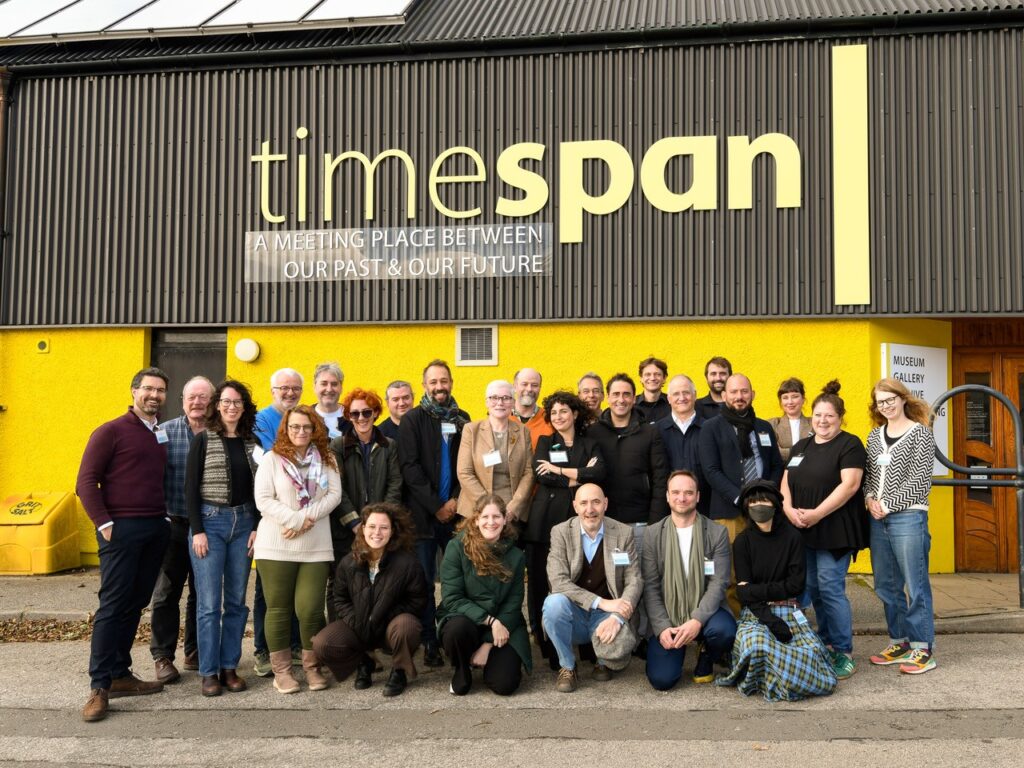The HERITALISE project consortium held its first General Assembly from October 7-9, 2025, in the historic village of Helmsdale, Scotland, marking a major milestone in cultural heritage preservation. Hosted by the Timespan Museum and Arts Centre, the event gathered researchers, heritage professionals, and technology experts from across Europe to work on the project’s ambitious objectives. It also saw the launch of a new video that highlights HERITALISE’s vision and mission.

A Confluence for Heritage in the Scottish Highlands
Choosing Helmsdale for the first General Assembly was both symbolically meaningful and strategically important. Situated in Sutherland, a region steeped in history and cultural heritage, it offered a fitting setting for debates on heritage conservation. The village embodies HERITALISE’s mission, fostering a community where history is alive, reflected in its landscapes, architecture, and stories.
Timespan Museum and Arts Centre, a cultural hub known for its innovative community engagement and historical interpretation, served as an ideal location for the General Assembly. Its dedication to making heritage accessible and meaningful to current audiences aligns with the core values of the HERITALISE project.
The three-day event was a hive of activity, with the HERITALISE consortium engaging in intensive working sessions to refine project strategies, report on initial developments, and plan future actions. Representatives from all the consortium, including universities, museums, research centres, and technology companies, came together to share their expertise and align their efforts. The project, a key component of the European Cultural Heritage Cloud (ECCH) initiative, is dedicated to revolutionising the documentation, understanding, and accessibility of cultural heritage through cutting-edge digitisation techniques and AI-powered tools.
The General Assembly offered an important opportunity for partners to coordinate their efforts and strengthen the collaborative spirit, vital for the project’s success.Attendees engaged in in-depth discussions on technical advancements, exchanged best practices from their respective demonstration sites, and explored new avenues for innovation. The atmosphere was highly collaborative, with each partner contributing distinct perspectives and expertise.
Technical Innovation and Methodological Advances
The HERITALISE project represents a significant advancement in the field of digital heritage preservation, bringing together cutting-edge technologies and methodologies to address longstanding challenges in the sector. The project’s approach is characterised by its integration of multiple technologies, including advanced 3D scanning, artificial intelligence, machine learning, and immersive visualisation techniques.
One of the project’s key innovations is its development of optimised data processing workflows that can handle the massive datasets generated by high-resolution digitisation processes. Traditional approaches to heritage digitisation often struggle with the computational demands of processing detailed 3D models and associated metadata. HERITALISE addresses this challenge through the development of AI-powered tools that can automatically process and analyse heritage data, extracting meaningful insights and creating structured knowledge graphs that facilitate discovery and research.
The project’s demonstration sites, located in Scotland, Italy, and Malta, serve as testing grounds for these innovative approaches. Each site presents unique challenges and opportunities, from the West Highland Museum’s diverse collections of Jacobite and Gaelic material culture to the architectural and non-physical heritage of La Venaria Reale in Italy. These diverse contexts allow the project to develop and refine methodologies that can be applied across different types of heritage assets and cultural contexts.

Building the European Cultural Heritage Cloud
The HERITALISE project is a crucial component of the broader European Cultural Heritage Cloud (ECCH) initiative, which aims to create a comprehensive digital infrastructure for heritage preservation and access across Europe. The ECCH represents an ambitious vision for the future of heritage management, providing a secure and scalable platform that will enable heritage institutions to share resources, collaborate on research, and provide enhanced access to their collections.
Through its contributions to the ECCH, HERITALISE is helping to establish new standards and protocols for digital heritage preservation. The project’s work on data interoperability, metadata standards, and quality assurance will benefit the entire heritage sector, ensuring that digital heritage resources can be effectively shared and preserved for future generations.
The integration of HERITALISE outputs into the ECCH will also create new opportunities for cross-institutional collaboration and research. Researchers will be able to access and analyse heritage data from multiple institutions, enabling comparative studies and new insights that would not be possible with traditional approaches to heritage research.

Unveiling the Vision: The HERITALISE Project Video
Aligned with the General Assembly, HERITALISE proudly launched its official project video. Viewable on the HERITALISE YouTube channel, the video provides a compelling overview of the project’s aims, methods, and potential influence. Within a few minutes, it clearly conveys HERITALISE’s transformative potential to an international audience, simplifying complex technological ideas for diverse stakeholders.
The video opens with a compelling message: the need to bridge the past with the future through innovative digital technologies. It highlights the fragility of our shared cultural heritage and makes a powerful case for the use of advanced digital technologies to preserve it for future generations. The narrative emphasises that cultural heritage is not merely a collection of objects and buildings from the past, but a living resource that continues to inform and inspire contemporary society.
The video showcases the project’s commitment to developing innovative digitisation methods that can capture the intricate details of heritage assets, from ancient artefacts to historic buildings. It demonstrates how advanced 3D scanning, photogrammetry, and AI-powered analysis can create detailed digital records that preserve not only the physical characteristics of heritage objects but also their cultural significance and contextual information.
The video also emphasises the project’s commitment to making heritage more accessible to the public through immersive virtual reality exhibitions and other innovative tools. It showcases how digital technologies can create new forms of engagement that allow people to experience heritage in ways that were previously impossible, from virtual tours of archaeological sites to interactive explorations of historical events.
Looking Forward: The Future of Heritage Preservation
The HERITALISE project is more than just a technological endeavour; it is a collaborative effort to create a more sustainable and accessible future for our shared cultural legacy. The inaugural General Assembly in Helmsdale was a resounding success, laying a strong foundation for the important work that lies ahead. The event not only fostered a sense of shared purpose among the project partners but also demonstrated the project’s commitment to engaging with the public and to making a real-world impact.
The success of the Helmsdale General Assembly demonstrates the value of bringing together diverse perspectives and expertise in addressing the challenges facing heritage preservation. The combination of technical innovation, community engagement, and collaborative research that characterised the event provides a model for future activities and highlights the potential for heritage projects to make meaningful contributions to society.
